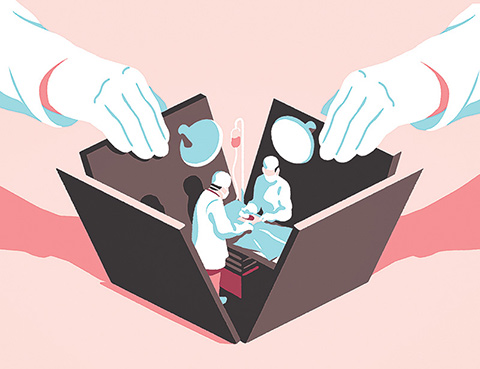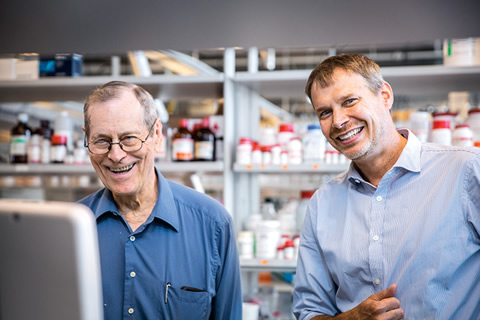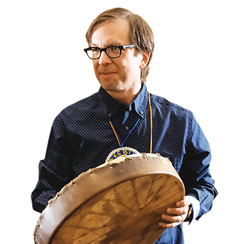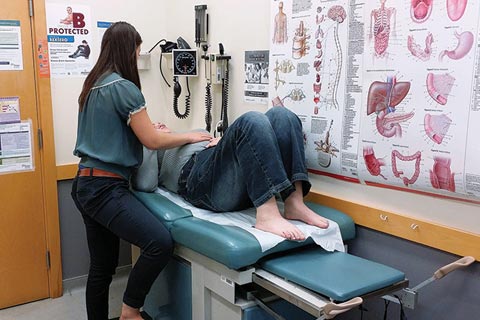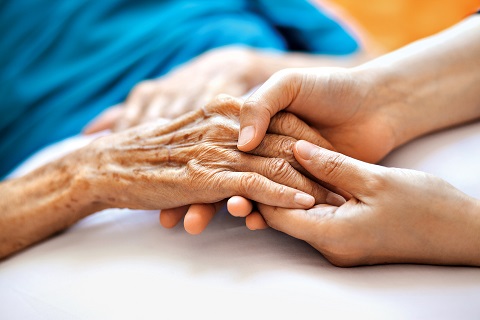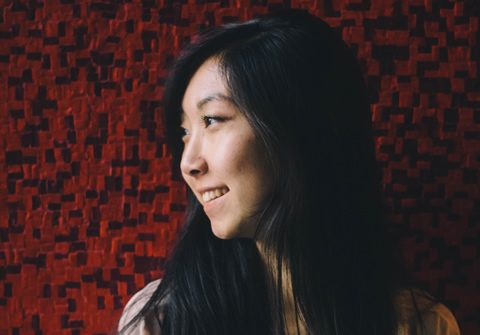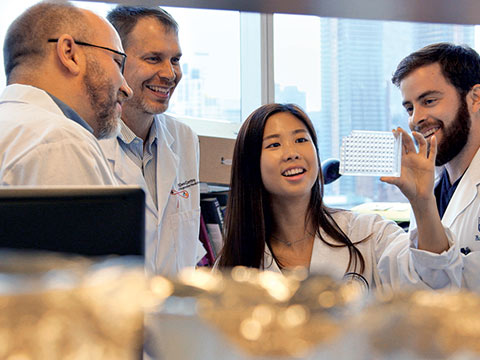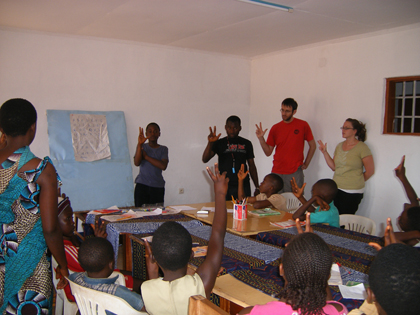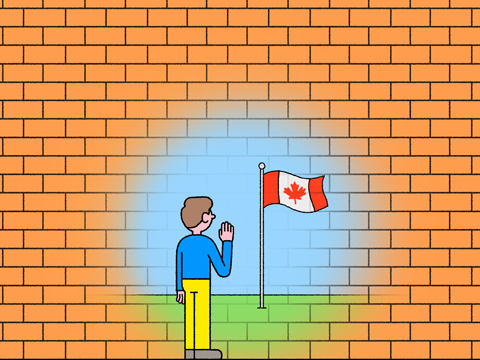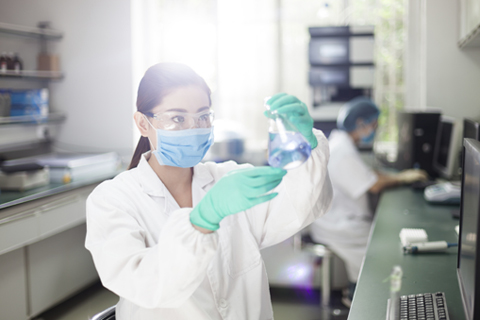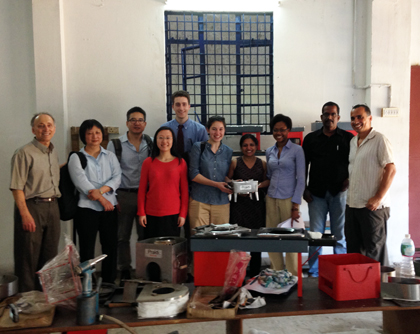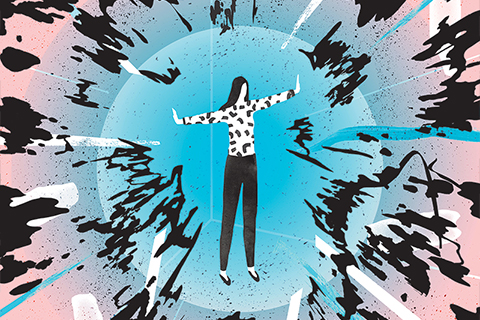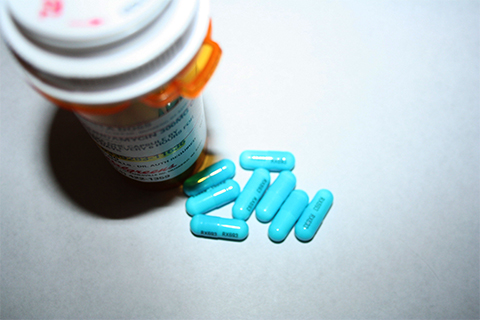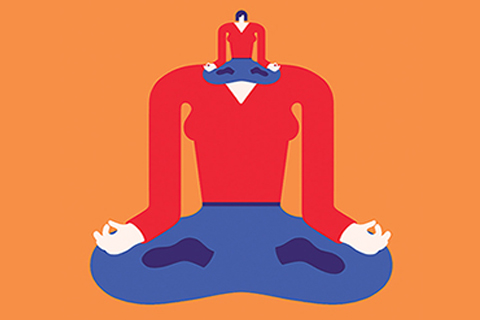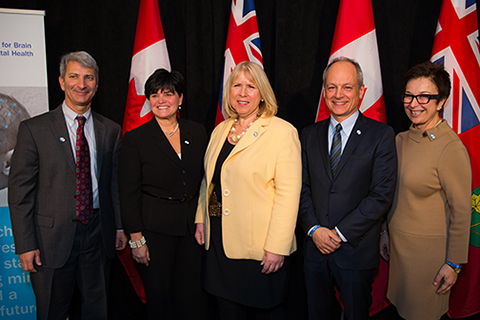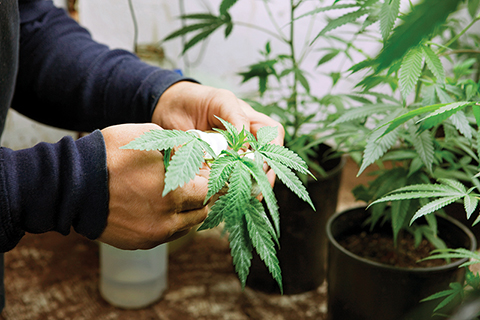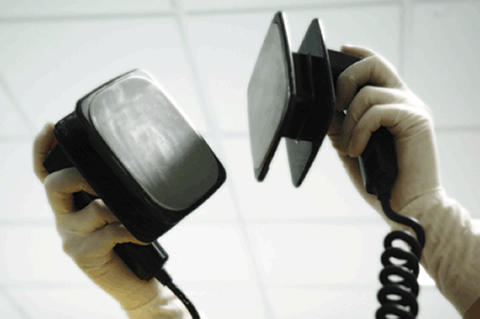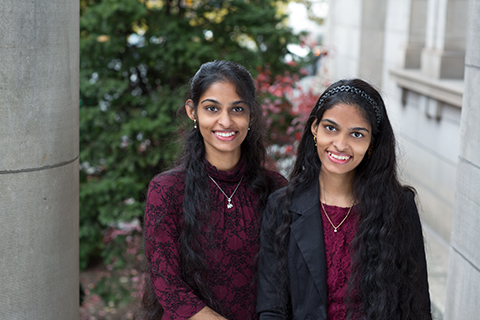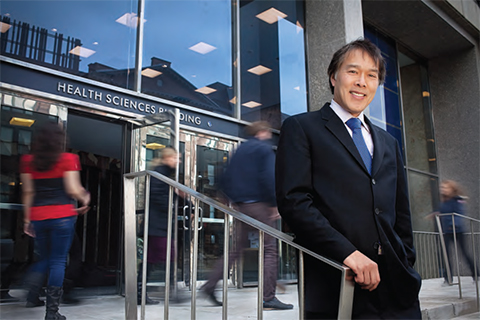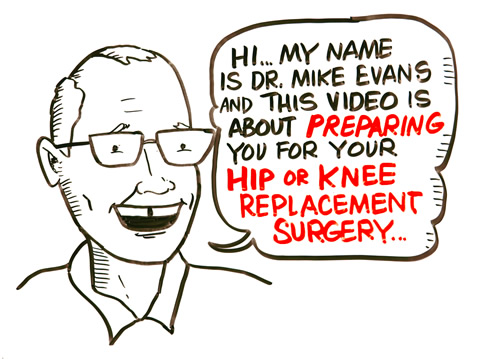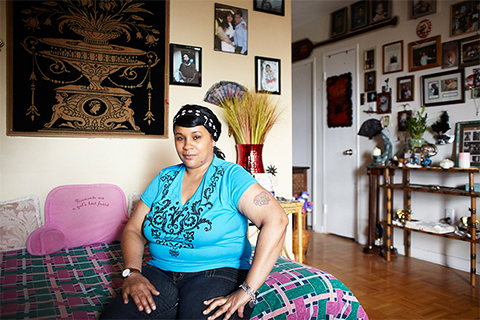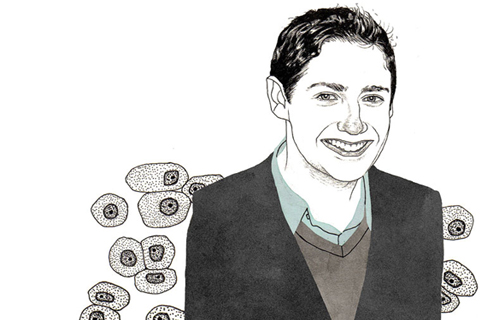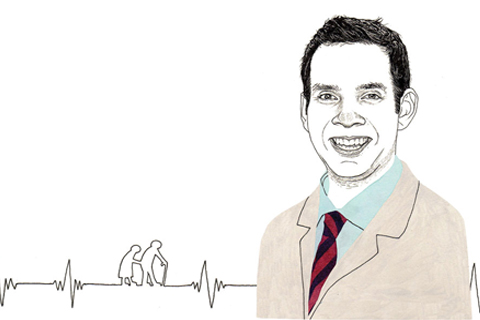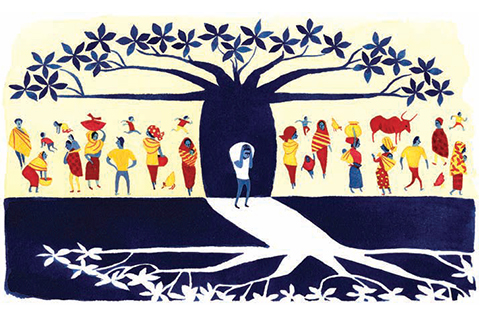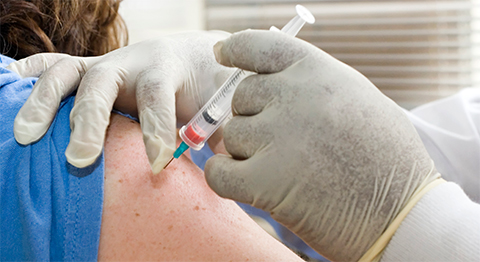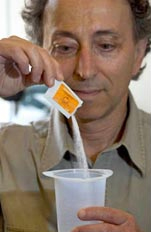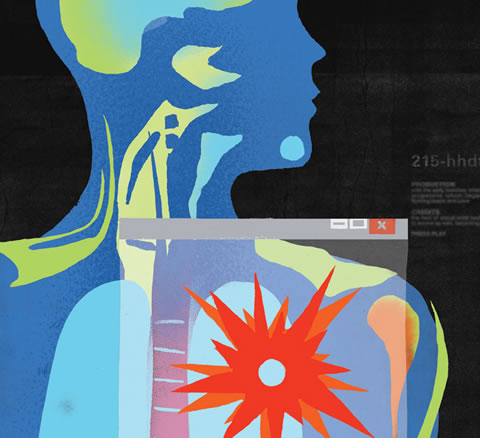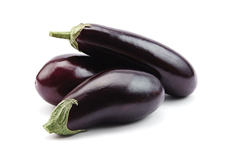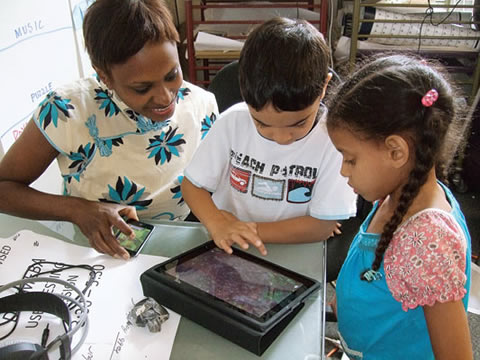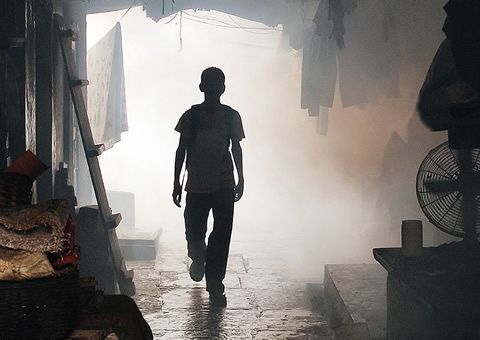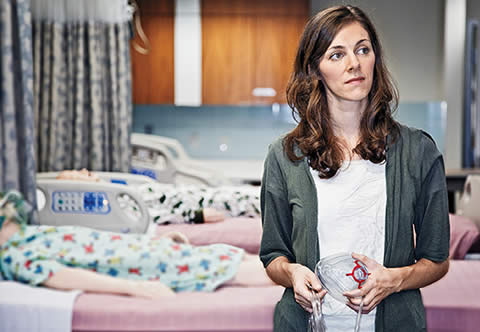U of T Researchers Lead Cancer-Fighting “Dream Team”
“Our knowledge is at a turning point,” says scientist Peter Dirks Read More
“Our knowledge is at a turning point,” says scientist Peter Dirks Read More
A U of T prof aims to better understand the needs of cancer patients in Nunavut Read More
Most people recoil at the thought of selling human organs. But supplying the right information can change attitudes, a U of T study finds Read More
Adolescents who play team sports are less likely to experience mental illness later in life, study finds Read More
A “black box” for the operating room is leading to improved training for physicians and better knowledge of surgical errors Read More
How can we improve the health of some of the city's most vulnerable residents? Read More
U of T scientists will help usher in a new era of designing and creating cells, tissues and organs, thanks to historic $114-million federal grant Read More
New Dalla Lana centre aims to improve health outcomes for aboriginal communities Read More
Some foods are engineered to be so tasty they're difficult to resist, says nutritional scientist Venket Rao Read More
Canadians could save billions through a nationwide plan to cover prescription drugs for all citizens Read More
City residents without a health card get care from U of T undergrads Read More
A U of T medical imaging study suggests lifestyle changes and medications could reduce brain’s white matter loss Read More
First-year student's company lands $100,000 in start-up funding to identify individual genetic health risks Read More
Largest private donation in Canadian health-care history will improve cardiac care across the lifespan Read More
The Ted Rogers Centre for Heart Research brings together three of Canada’s leading centres for cardiac care and research Read More
Institute for Indigenous Health opens at the Dalla Lana School of Public Health Read More
U of T prof Lynn Cockburn collaborates to improve care delivery in the country she loves Read More
Canada’s process for screening potential immigrants for HIV is opaque and unfair, says prof Laura Bisaillon Read More
Making pharmaceutical research more open could shave years off the time it takes to bring a new drug to market Read More
Foods that seem healthy often aren’t, and sugar is the latest culprit Read More
U of T students are collaborating with an Indian social enterprise to reduce the health hazards of indoor smoke Read More
Pediatric surgeon Dr. Tihitena Negussie Mammo boosted her skills at U of T, then shared what she learned with her colleagues in Ethiopia Read More
A new device promises to ease a major health concern for people with mobility problems Read More
According to the U.S. Centers for Disease Control and Prevention (CDC), these are considered the most urgent or serious threats Read More
Dr. Allison McGeer gives advice on the use of antibiotics Read More
For all its trendiness, there is growing evidence that meditation can make us calmer, kinder – and healthier Read More
Studies show that mindfulness meditation improves everything from stress to binge eating Read More
New $60-million joint initiative will help people living with both mental and physical illnesses Read More
The biomedical communications program at U of T Mississauga helps students communicate complex ideas Read More
Scientists aim to isolate and harness marijuana’s pain-killing properties to create more effective medicines Read More
Toronto’s public defibrillators could save more lives if they were placed in better locations, U of T researchers find Read More
U of T students call on Ottawa to do more to protect athletes Read More
Seamless Mobile Health aims to reduce hospital readmissions following surgery and save millions in medical costs Read More
3-D printing is creating new opportunities – and raising intriguing questions – as digital and physical realms meld Read More
The Dalla Lana School becomes the university’s newest faculty Read More
Prof. Michael Evans' videos on health are viral sensations Read More
An Internet-based surveillance system gives physicians the ability to track dangerous new strains of tuberculosis in real time Read More
MindFest promotes mental health awareness through crafts Read More
It turns out that a good way to help homeless people is to actually give them a home Read More
Many scientists work for years to find a cure for a single type of cancer - Patrick Gunning has his sights set on four Read More
Samir Sinha wants to help keep older Canadians healthy and independent for longer. As the population ages, the viability of our health-care system depends on it Read More
A U of T project aims to bring better mental health to a country where most illnesses go untreated Read More
It seems that every era has its scourge Read More
People who live in less “walkable” communities, especially new Canadians, are more likely to develop diabetes Read More
A U of T nutritional scientist has developed a low-cost product to fight vitamin and mineral deficiency in developing countries Read More
Genetic testing may soon reveal what pharmaceutical drugs work best for you, with fewest side-effects Read More
Genetic testing may reveal what pharmaceutical drugs work best for you, with the fewest side effects Read More
A new U of T research centre will investigate the curative power of music Read More
U of T researchers have devised a way to refurbish donor lungs before they’re transplanted Read More
You don’t need an Olympic training regimen to get healthy through exercise Read More
Researchers are developing better ways to detect serious illnesses before they become life-threatening – and while they’re still treatable Read More
Equipping health workers in Kenya with smartphones could bring better care to pregnant women and their infants Read More
Toxic elements in most city-grown vegetables are at acceptable levels, according to a new study. But be careful of the eggplant! Read More
Autistic children develop better communications skills when using iPads, researcher finds Read More
A nursing prof is using social networks to help reduce the spread of HIV-AIDS in Ghana Read More
What one of the world’s largest mortality studies is teaching us about public health Read More
Why improving the well-being of people in other countries should concern Canadians Read More
Bev Bradley is developing technology to give hospitals in low-income countries a more reliable supply of medical oxygen Read More
Explore






